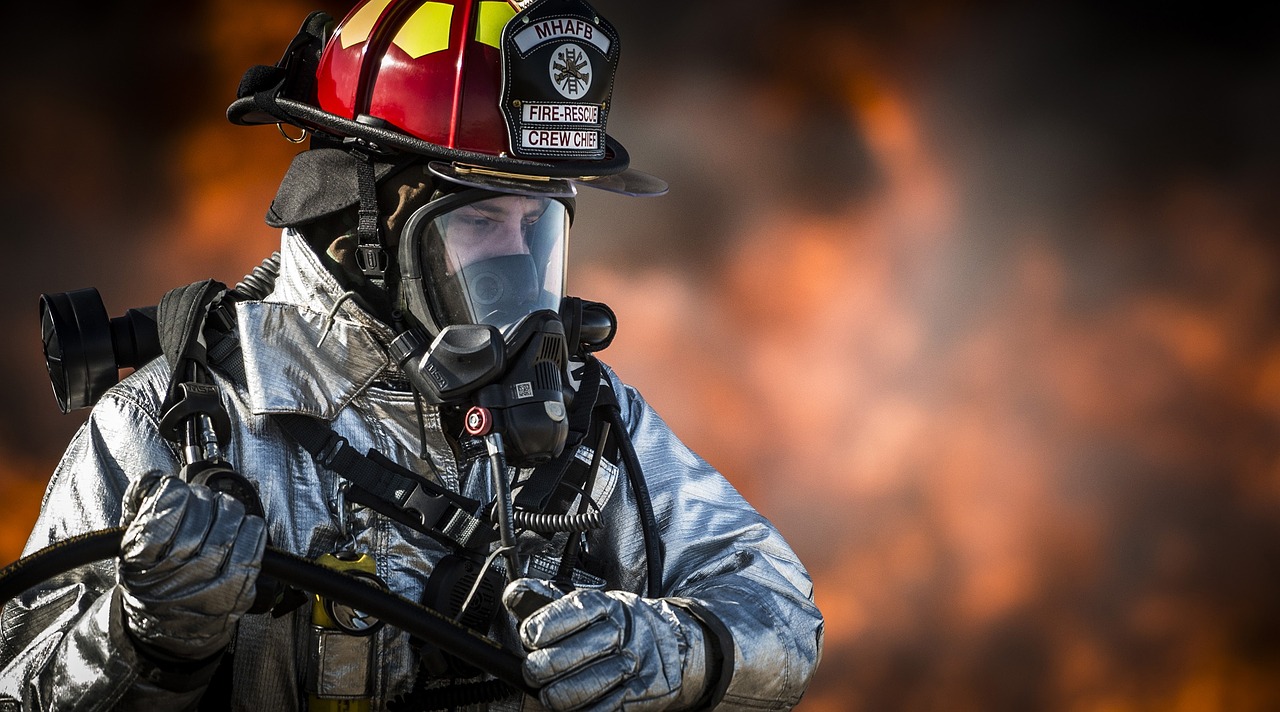The Role of Fire Protection Engineer in Fire Loss Investigation
FPEs deal with ignition sources and materials, fire dynamics, fire detection and suppression systems, building and fire codes, fire test methods, fire performance of materials, computer fire modeling, failure analysis, and more. With such a broad skill-set, it is no surprise they are the first experts contacted more frequently by insurance adjusters and attorneys handling fire losses.
The courts are also a driving force of this new trend. The courts are challenging and excluding expert testimony with greater frequency based on an expert’s knowledge, skill, experience, training, and education. Many fire investigators are finding it difficult to qualify as cause-and-origin experts. Attorneys realize that it is risky to rely solely on a basic cause-and-origin investigator to offer opinions on issues related to ignition, fire growth and spread, and even fire detection and suppression system performance- issues that are often central to even the most basic cause-and-origin investigation.
It is clear that FPEs play an important role in various aspects of fire loss investigation. A discussion of some specific examples follows.
Cause-and-Origin
An FPE who is also certified as a fire investigator (i.e., IAAI-CFI or NAFI-CFEI) can be the best single resource to determine the cause-and-origin of a fire. A broad and deep understanding of fire dynamics allows an FPE to effectively sort through various hypotheses and focus only on technically plausible scenarios. This saves time and money, thereby increasing file-handling efficiency.
The risk of court exclusion later in the case is also reduced, as there will be fewer questions regarding the formal education and training of a licensed FPE.
System Performance
Fire protection systems are a vital component of most buildings. Even residential structures are required to have certain fire protection features installed. For example, in Georgia, single-family homes are required to have smoke detectors/alarms.
Fire protection systems are not limited to fire detectors/alarms and fire sprinklers. There are many specialized fire protection systems such as commercial cooking equipment extinguishing systems, foam extinguishing systems, computer room extinguishing systems, smoke control systems, and so on. These are known as “active” fire protection systems.
Also important in building fire safety are basic construction features like walls, floors, doors, and interior finishes. For example, the walls and floors in a building are often designed to provide a degree of fire compartmentation to resist fire spread. This is known as “passive” fire protection.
It is often important to understand whether a particular system functioned properly during a fire. An FPE who has designed fire protection systems, both active and passive, and understands how they are intended to function, can analyze fire protection system performance following a loss and provide valuable insight.
Code Compliance
Almost every structure in the U.S., from single-family houses to large factories, is designed and constructed to meet specific building and fire code requirements. The model building codes used throughout the country are often complex and subject to interpretation. This can result in buildings with inherent weaknesses in certain fire defense systems.
For example, many are surprised to learn that local building and fire code officials typically do not have the technical background or resources to thoroughly review designs and installations. Instead, cursory reviews are conducted resulting in ‘approval’ of designs and installations. This can result in buildings that do not meet all of the applicable code requirements. Errors overlooked in the design and construction process can have a major impact on how a fire starts and spreads. An experienced FPE can often easily identify these design and construction errors following a loss.
Code issues may also arise when the insurance policy is written to cover the increased cost of construction following a loss. Where the insurance policy covers the increased cost of repairs to meet building and fire code requirements, it is important to know exactly which code requirements must be satisfied.
Most model building and fire codes speak directly to the issues associated with repairs and describe what level of code compliance is required. However, it is not uncommon for a fire marshal or other code enforcement official to provide a laundry list of upgrade ‘requirements’ following a fire loss. It is important that insurance adjusters and attorneys understand that these officials, while given some latitude to interpret the codes, should not be allowed to enforce requirements without regard to the code provisions or performance objectives.
It is also helpful to understand that many fire protection requirements can be satisfied using alternative or performance-based solutions that offer an equivalent level of safety while providing a substantial cost savings. An FPE can explain these issues, offer alternative solutions, and negotiate effectively with code officials to provide the best total solution.
Fire Reconstruction
Following a fire there are often many important questions without obvious answers. This is due, in part, to the fact that important evidence is destroyed in the course of a fire. Some common questions include:
- Would a smoke detector have provided victims with enough early warning to escape?
- How long did it take for smoke to fill a room?
- How would an open door or window have influenced fire spread?
- What path(s) did the fire take as it spread throughout the building?
FPEs use a wide range of tools to provide credible answers to such questions. These tools include basic hand calculations, spreadsheet calculations, and advanced computer fire models with 3D graphical output.
Conclusion
Most FPEs have a breadth and depth of fire-related knowledge, education, training, and experience unrivaled by others in the fire investigation profession. In addition, many have experience as firefighters or in code enforcement.
If would like to learn more about the fire protection engineering profession, visit the Society of Fire Protection Engineer’s website at http://www.sfpe.org, or feel free to contact the author directly.
Article submitted by:

